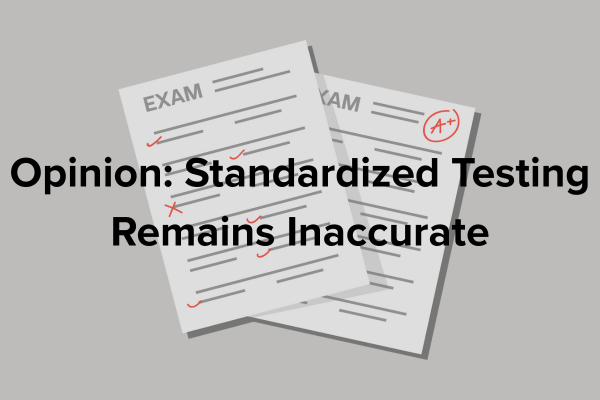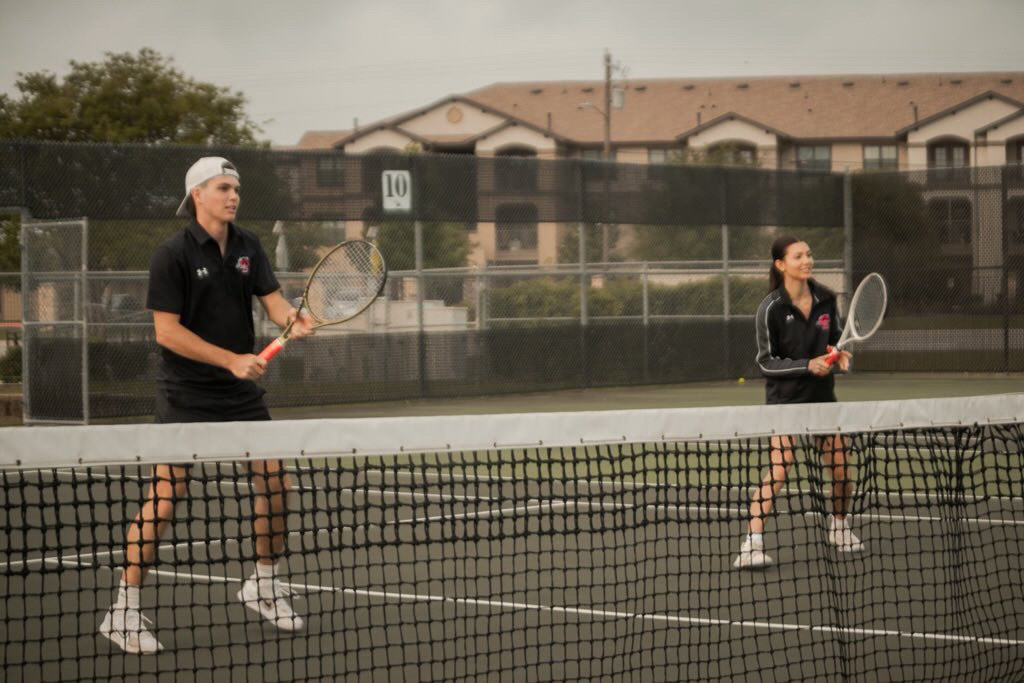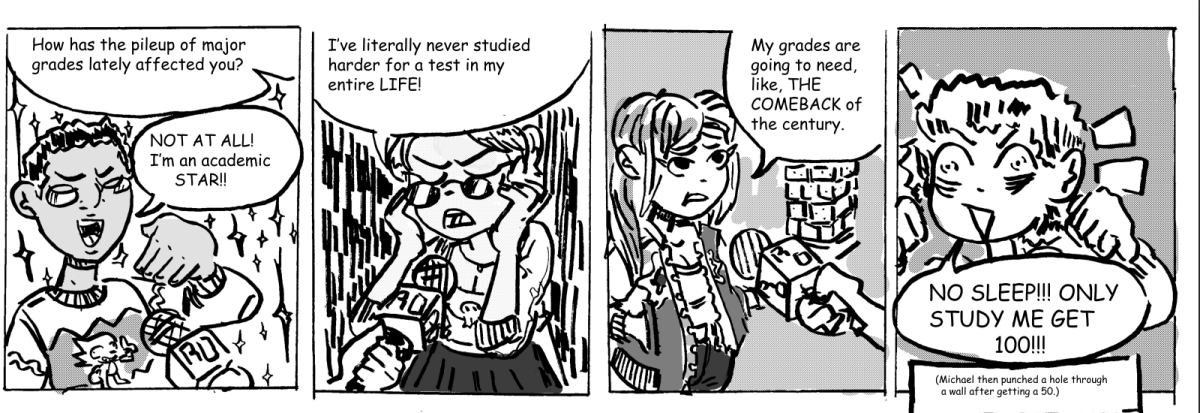
Ever since the district-wide deployment of iPads, numerous students, teachers and administrators have praised iPads for their effective use as a learning instrument. Conversely, many have complained about their equally effective use as nothing more than a distraction and outlet to in-class gaming, messaging and social networking.
With their high cost of more than $6 million and constant distractions, the iPads deployed by the district fail to live up to their intended purpose. But because the district has already entered its contract with Apple and issued the devices, the only remaining viable option is to revise the current policy relating to iPads to ensure their use in class as an educational tool.
Though iPads suit the needs of students for school-related purposes, they also offer students a portal to thousands of distractions, from the seemingly endless apps to nearly the full capacity of the Internet. Games, music, movies and videos, cartoon strips –all of these can steal a student’s attention throughout the entire day, easily outlasting each of the 45-minute blocks.
Furthermore, because of the complexity of operating systems, especially those for tablets, which are relatively new to the world of technology, students can bypass many of the current restrictions on the school’s wireless network through workarounds. Banned apps will have substitutes buried somewhere in the hundreds of thousands of apps in the App Store, and substitute site easily replace blocked sites on the LightSpeed browser. Unless teachers become more vigilant as they teach and the district grants them more control over students’ iPads, the devices will only prevent students from focusing on the class at hand.
The district also spent about $6 million on the devices, and iPads have developed a reputation for their fragility, and students run the risk of dropping them down the stairs or breaking them in other, more reckless ways. The more the students become used to the devices, the less care they’ll likely to give to it. Even with the initial fee students pay for the iPads, the maintenance cost could easily surpass the devices’ worth, especially when keeping the software and support they require in mind.
Admittedly, iPads can significantly enhance how teachers teach and students learn. Teachers can distribute homework digitally without having to spend time, ink and paper on printing hundreds of worksheets, and most of the once-heavy textbooks now weigh no more than the iPad.
Additionally, students can research in class, share information quickly across the classroom or any long distance in a matter of seconds and work in groups even while not in the same room. But with a multimillion-dollar price tag, the iPads have become nothing more than a new plaything to distract students in class when they should spend their time working and at home when they should spend their time doing homework and studying. Students can easily turn around every feature of the iPad that benefits students and teachers to detriment them both far more. Despite all the praise they’ve earned, the criticisms weigh far too heavily to go unnoticed, and the district must issue a new set of policies to reaffirm their original purpose as a tool.
If the district really expects students to prioritize iPads as educational instruments above entertainment devices, then they should first revise the current policies regarding iPads to give teachers greater authority over taking up iPads. For students who consistently use their iPad for gaming or other distracting purposes during class, the district should allow teachers to pick up the devices and send them to the bookkeeper or appropriate AP for a week. Until the AP gives the iPad back, students can check out textbooks and return to paper methods as they used in previous years.
The district should then increase network and App Store restrictions to disallow games and other media in the form of apps and the Web during school hours or while on the school’s Wi-Fi. With a preventive and punitive method set, students will no longer have as much of a distraction during lessons, and the iPads will finally serve as actual tools. Until then, they’ll continue to distract students and inhibit learning.















